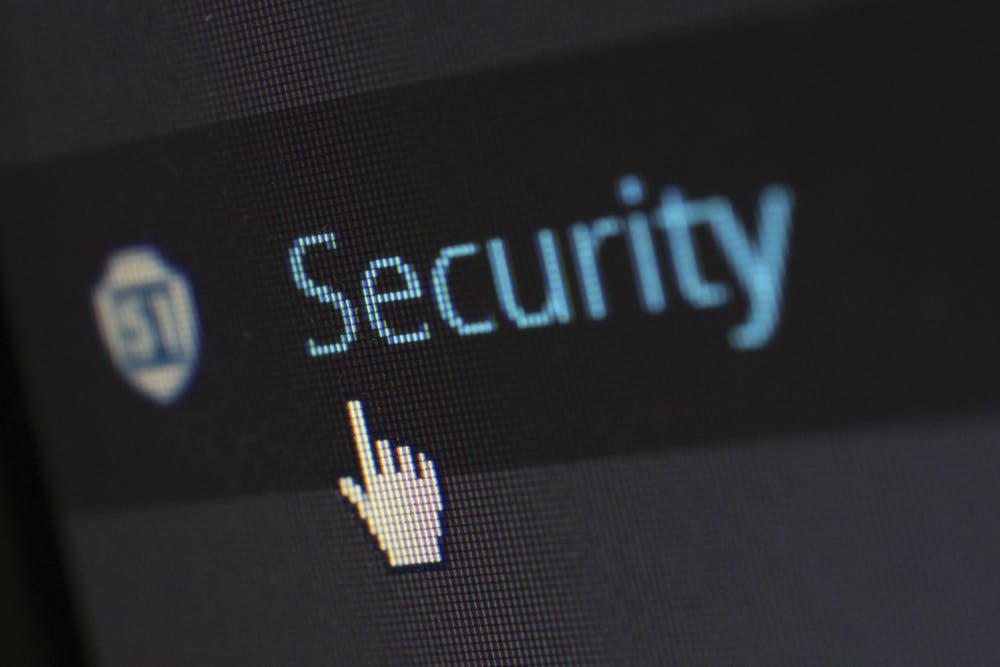It’s no surprise that one of the biggest challenges for small and medium businesses is cybersecurity. They’re more easily targeted by crooks who are looking to make off with intellectual property or customer data, and often don’t have the right precautions in place. On average, businesses lose almost $54,000 per incident when they’re breached.
While there are many solutions you can pay for, the easiest way to start being more secure is to start with setting guidelines for your employees on how to treat security when it comes to your company’s data.
Passwords
The most vulnerable, but easiest place to be more secure, are system passwords. Annually, Forbes posts the worst passwords that are quickly hacked. It’s surprising (maybe not so surprising) to find out that many of these passwords show up year after year.
Creating a secure password doesn’t have to be rocket science. The basic rules to secure passwords are:
- Long (8+ characters)
- Complex (mixed case, numbers, and special characters)
- Memorable
You can take a memorable phrase (don’t reuse this one):
Mary Had A Little Lamb
But when we make it complex, it becomes far more secure:
m@ryHad@l1ttl3!aMB
When checked for strength, it gets a 100% score.
Wifi networks
Wifi networks at home or in the office are also an easy security risks for many. The same rules from above apply to your wifi password. Make it complex, but you can make it memorable. A good technology partner can help you deploy the password to both business-owned hardware and employee devices.
You should also consider ditching the guest network. They’re usually open for anyone to join, but don’t provide much security against security breaches. If you must have a guest network, be sure to use more advanced network equipment than what your Internet provider gives you. Ubiquiti makes a great product at an affordable price.
Multi-factor authentication
Maybe less common is multi-factor (or two-factor) authentication. These systems use an algorithm that generates a one-time code for you to use by email, text, or through a specific mobile application. Once it’s used, you can’t use it again. Common collaboration tools like G Suite and Office 365 have this built into the system (so it’s free!), but you can also use third-party systems like OneLogin. The benefit of a third-party system is that they usually act as password managers for your employees, so they can create secure passwords and manage them centrally.
By thinking through and planning for your business’s security needs, you can greatly reduce the risk of a security breach and protect yourself from the financial loss of a breach. Even small changes like the ones mentioned above can help ensure that your intellectual property is safer from being exploited and gives you greater confidence that customer data won’t be stolen.
Guest Post by Thomas Burris
Thomas Burris is the Founder and Chief Solutionist for simpleIT consulting. simpleIT relieves the hassle of IT for businesses by providing technology strategy and support so employees can be more protected and productive. You can connect with Thomas on LinkedIn or visit simpleitindy.com where you can get more info on how to make technology drive your business.











